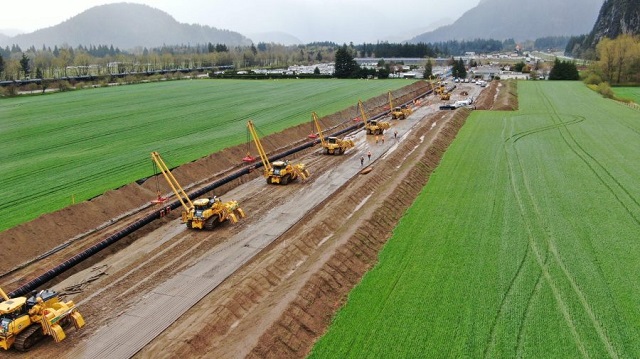Alberta
K.D. Lang one of eight Albertans to receive province’s highest honour

Eight Albertans to receive Alberta’s highest honour
October 17, 2018
Lt.-Gov. Lois Mitchell will invest the newest members of the Alberta Order of Excellence during a one-hour ceremony on Oct. 18.
The Alberta Order of Excellence is the highest honour the province offers its citizens. Since the Order was created in 1979, 165 Albertans have been invested, not including this year’s new members.
The Albertans being invested into the Order for 2018 are:

Reg Basken, Sherwood Park:
Reg Basken, Sherwood Park: Reg Basken is one of Canada’s most respected labour leaders. He is known for his collaborative negotiating style, particularly in the energy sector, and for championing medicare. He supports the community through United Way and Edmonton Community Foundation.

Rosella Bjornson, Sherwood Park
Rosella Bjornson, Sherwood Park: Capt. Rosella Bjornson is an icon in Canadian aviation. As the first female airline jet pilot, she paved the way for women in aviation and was pivotal in changing the regulations to allow pregnant pilots the right to fly.

Wayne Chiu, Calgary
Wayne Chiu, Calgary: Wayne Chiu is a successful businessman and philanthropist with a passion for social entrepreneurship. He is an advocate for affordable housing, and has supported many community organizations through the creation of the Trico Charitable Foundation.

k.d. lang, Calgary:
k.d. lang, Calgary: k.d. lang is one of Canada’s most versatile and gifted singer-songwriters, who has earned multiple Juno and Grammy awards. She is a strong advocate for many causes, including LGBTQ rights, music education and animal protection.

David Manz, Calgary: Dr. David Manz is a world-renowned expert and educator in the fields of irrigation engineering and climate change. He invented the Manz BioSand Water Filter, an affordable technology that provides safe water for millions of people around the world.

Solomon Rolingher, Edmonton
Solomon Rolingher, Edmonton: Sol Rolingher is a lawyer and community leader who is recognized for his work with the Phoenix Multi-Faith Society for Harmony and the River Valley Alliance. He has also made significant contributions to Alberta’s education and health-care sectors.

Allan Wachowich, Edmonton
Allan Wachowich, Edmonton: Allan Wachowich has made significant contributions as a lawyer, justice and active citizen. With his work in the legal profession, and the greater community, his focus has been fairness and providing equal opportunities for all members of society.

Ralph Young, Edmonton
Ralph Young, Edmonton: Ralph Young is a community builder who has a reputation for integrity, insight and inspiring others. He works tirelessly to support and enhance the community in which he lives, with a focus on education and the preservation of Canadian history.
Click here to see interviews and in-depth biographies of each inductee.
Alberta
From Underdog to Top Broodmare

WATCH From Underdog to Top Broodmare (video)
Executive Producers Jeff Robillard (Horse Racing Alberta) and Mike Little (Shinelight Entertainment)
What began as an underdog story became a legacy of excellence. Crackers Hot Shot didn’t just race — she paved the way for future generations, and in doing so became one of the most influential producers the province has known.
The extraordinary journey of Crackers Hot Shot — once overlooked, now revered — stands as one of Alberta’s finest success stories in harness racing and breeding.
Born in humble circumstances and initially considered rough around the edges, Crackers Hot Shot overcame long odds to carve out a career that would forever impact the province’s racing industry. From a “wild, unhandled filly” to Alberta’s “Horse of the Year” in 2013, to producing foals who carry her spirit and fortitude into future generations.
Her influence ripples through Alberta’s racing and breeding landscape: from how young stock are prepared, to the aspirations of local breeders who now look to “the mare that did it” as proof that world-class talent can emerge from Alberta’s paddocks.
“Crackers Hot Shot, she had a tough start. She wasn’t much to look at when we first got her” — Rod Starkewski
“Crackers Hot Shot was left on her own – Carl Archibald heard us talking, he said ‘I’ll go get her – I live by there’. I think it took him 3 days to dig her out of the snow. She was completely wild – then we just started working on her. She really needed some humans to work with her – and get to know that people are not scary.” — Jackie Starkewski
“Crackers Hot Shot would be one of the top broodmares in Albeta percentage wise if nothing else. Her foals hit the track – they’re looking for the winners circle every time.” — Connie Kolthammer
Visit thehorses.com to learn more about Alberta’s Horse Racing industry.
Alberta
Gondek’s exit as mayor marks a turning point for Calgary

This article supplied by Troy Media.
The mayor’s controversial term is over, but a divided conservative base may struggle to take the city in a new direction
Calgary’s mayoral election went to a recount. Independent candidate Jeromy Farkas won with 91,112 votes (26.1 per cent). Communities First candidate Sonya Sharp was a very close second with 90,496 votes (26 per cent) and controversial incumbent mayor Jyoti Gondek finished third with 71,502 votes (20.5 per cent).
Gondek’s embarrassing tenure as mayor is finally over.
Gondek’s list of political and economic failures in just a single four-year term could easily fill a few book chapters—and most likely will at some point. She declared a climate emergency on her first day as Calgary’s mayor that virtually no one in the city asked for. She supported a four per cent tax increase during the COVID-19 pandemic, when many individuals and families were struggling to make ends meet. She snubbed the Dec. 2023 menorah lighting during Hanukkah because speakers were going to voice support for Israel a mere two months after the country was attacked by the bloodthirsty terrorist organization Hamas. The
Calgary Party even accused her last month of spending over $112,000 in taxpayers’ money for an “image makeover and brand redevelopment” that could have benefited her re-election campaign.
How did Gondek get elected mayor of Calgary with 176,344 votes in 2021, which is over 45 per cent of the electorate?
“Calgary may be a historically right-of-centre city,” I wrote in a recent National Post column, “but it’s experienced some unusual voting behaviour when it comes to mayoral elections. Its last three mayors, Dave Bronconnier, Naheed Nenshi and Gondek, have all been Liberal or left-leaning. There have also been an assortment of other Liberal mayors in recent decades like Al Duerr and, before he had a political epiphany, Ralph Klein.”
In fairness, many Canadians used to support the concept of balancing their votes in federal, provincial and municipal politics. I knew of some colleagues, friends and family members, including my father, who used to vote for the federal Liberals and Ontario PCs. There were a couple who supported the federal PCs and Ontario Liberals in several instances. In the case of one of my late
grandfathers, he gave a stray vote for Brian Mulroney’s federal PCs, the NDP and even its predecessor, the Co-operative Commonwealth Federation.
That’s not the case any longer. The more typical voting pattern in modern Canada is one of ideological consistency. Conservatives vote for Conservative candidates, Liberals vote for Liberal candidates, and so forth. There are some rare exceptions in municipal politics, such as the late Toronto mayor Rob Ford’s populistconservative agenda winning over a very Liberal city in 2010. It doesn’t happen very often these days, however.
I’ve always been a proponent of ideological consistency. It’s a more logical way of voting instead of throwing away one vote (so to speak) for some perceived model of political balance. There will always be people who straddle the political fence and vote for different parties and candidates during an election. That’s their right in a democratic society, but it often creates a type of ideological inconsistency that doesn’t benefit voters, parties or the political process in general.
Calgary goes against the grain in municipal politics. The city’s political dynamics are very different today due to migration, immigration and the like. Support for fiscal and social conservatism may still exist in Alberta, but the urban-rural split has become more profound and meaningful than the historic left-right divide. This makes the task of winning Calgary in elections more difficult for today’s provincial and federal Conservatives, as well as right-leaning mayoral candidates.
That’s what we witnessed during the Oct. 20 municipal election. Some Calgary Conservatives believed that Farkas was a more progressive-oriented conservative or centrist with a less fiscally conservative plan and outlook for the city. They viewed Sharp, the leader of a right-leaning municipal party founded last December, as a small “c” conservative and much closer to their ideology. Conversely, some Calgary Conservatives felt that Farkas, and not Sharp, would be a better Conservative option for mayor because he seemed less ideological in his outlook.
When you put it all together, Conservatives in what used to be one of the most right-leaning cities in a historically right-leaning province couldn’t decide who was the best political option available to replace the left-wing incumbent mayor. Time will tell if they chose wisely.
Fortunately, the razor-thin vote split didn’t save Gondek’s political hide. Maybe ideological consistency will finally win the day in Calgary municipal politics once the recount has ended and the city’s next mayor has been certified.
Michael Taube is a political commentator, Troy Media syndicated columnist and former speechwriter for Prime Minister Stephen Harper. He holds a master’s degree in comparative politics from the London School of Economics, lending academic rigour to his political insights.
Troy Media empowers Canadian community news outlets by providing independent, insightful analysis and commentary. Our mission is to support local media in helping Canadians stay informed and engaged by delivering reliable content that strengthens community connections and deepens understanding across the country
-

 Alberta16 hours ago
Alberta16 hours agoFrom Underdog to Top Broodmare
-
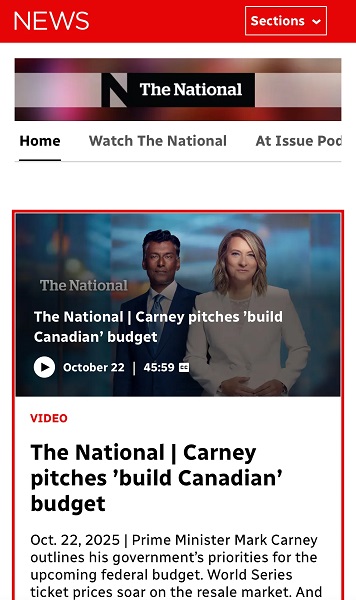
 Media1 day ago
Media1 day agoCarney speech highlights how easily newsrooms are played by politicians
-

 Business2 days ago
Business2 days agoThe painful return of food inflation exposes Canada’s trade failures
-

 Business18 hours ago
Business18 hours agoPaying for Trudeau’s EV Gamble: Ottawa Bought Jobs That Disappeared
-
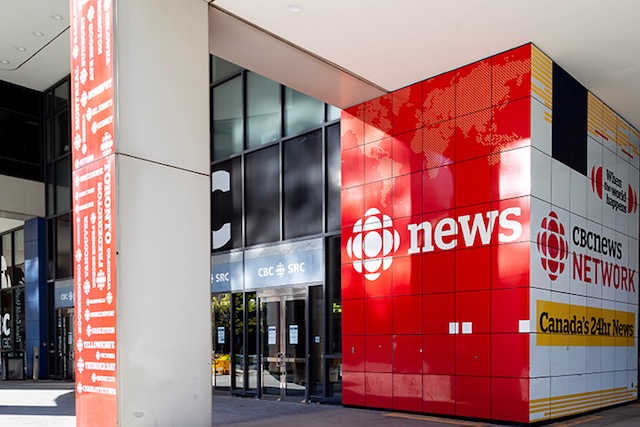
 Business21 hours ago
Business21 hours agoCBC uses tax dollars to hire more bureaucrats, fewer journalists
-
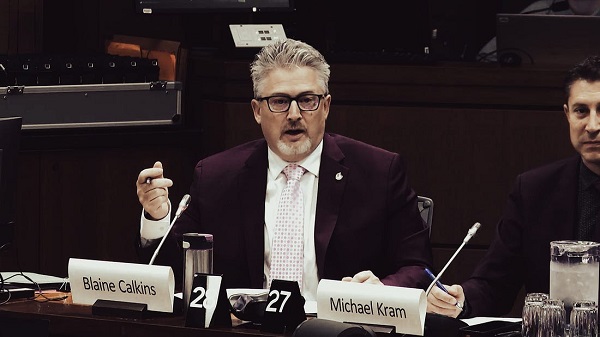
 National19 hours ago
National19 hours agoElection Officials Warn MPs: Canada’s Ballot System Is Being Exploited
-

 Economy13 hours ago
Economy13 hours agoIn his own words: Stunning Climate Change pivot from Bill Gates. Poverty and disease should be top concern.
-
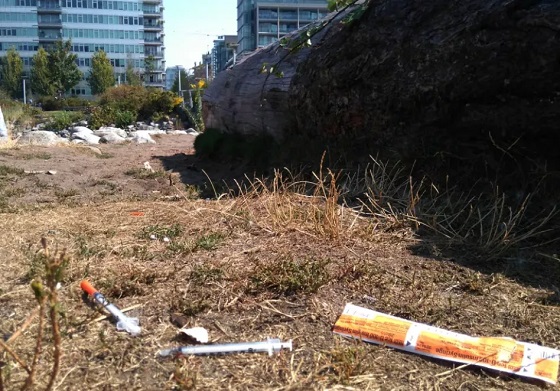
 Addictions15 hours ago
Addictions15 hours agoThe Shaky Science Behind Harm Reduction and Pediatric Gender Medicine






